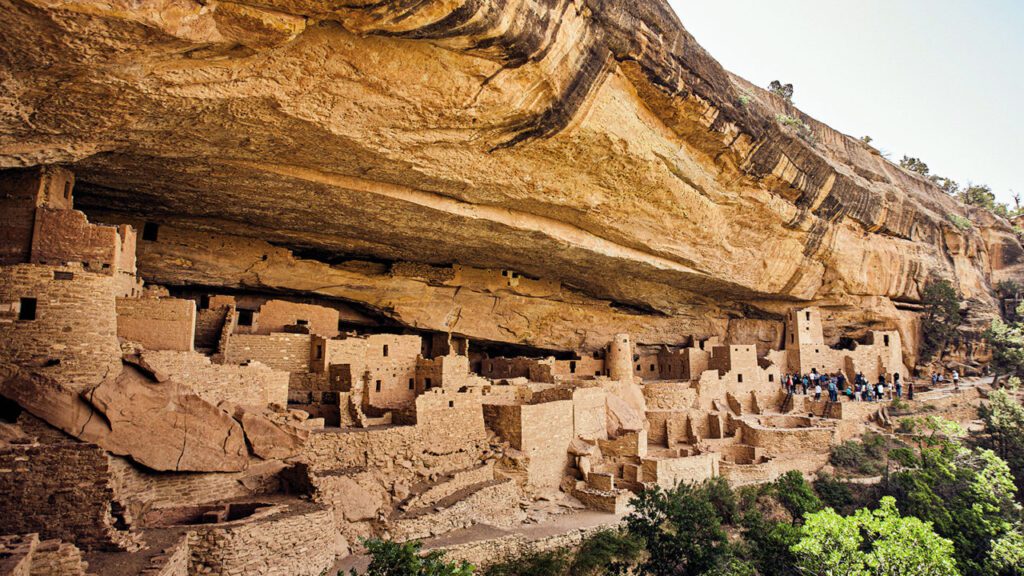Game development involves complex processes that require a team of specialists from different disciplines like developers, designers, artists, and writers. The different stages of game development include game concept and design, programming and development, art and design, testing and quality assurance, and release and marketing. Game designers create a concept and design document using tools like mind mapping software. The development team uses programming languages and integrated development environments (IDEs) like Visual Studio and Unity for coding, testing, and debugging. The art and design team uses software such as Photoshop and 3DS Max to create 2D and 3D models, textures, animations, and sound effects. Finally, after testing and debugging, the game is released and marketed, with digital marketing through social media and online advertising playing a significant role.
Unlocking the Secrets of Game Development: An Inside Look at the Tools and Techniques Used
Introduction:
Game development is an exciting and dynamic field. It involves the creation of games that people can play on a variety of platforms, from consoles and computers to smartphones and tablets. Game development is a complex process that requires a team of different specialists, including developers, designers, artists, and writers, working together to create a compelling and engaging experience for players.
In this article, we will explore the tools and techniques used in game development, providing an inside look at the process of creating games. We will discuss the various stages of game development, from concept to release, and explore the software and hardware used by game developers.
Stage I: Game Concept and Design
The first stage of game development involves coming up with the concept and design for the game. This stage is critical, as it lays the groundwork for the entire development process. Game designers work with developers, artists, and writers to create a concept that is both fun and engaging for players.
To create a game concept, designers will often use tools like mind mapping software to brainstorm ideas and explore different gameplay mechanics. Once the concept has been finalized, the design team will create a game design document (GDD) that outlines the game’s mechanics, objectives, and story.
Stage II: Programming and Development
Once the game concept and design have been finalized, the development team will begin programming the game. Game developers use a variety of programming languages, including C++, Java, and Python, to create the game’s backbone.
To make the development process smoother, game developers use a variety of integrated development environments (IDEs), such as Visual Studio and Unity, which allow them to write, test, and debug their code in one place. Debugging is a critical part of the programming process, as it helps developers identify and fix errors in their code.
Stage III: Art and Design
While the developers are working on the game’s code, the art and design team will create the game’s visuals. This involves creating 2D or 3D models, textures, animations, and sound effects that will make the game come to life.
Artists and designers typically use programs like Photoshop, Maya, and 3DS Max to create these assets. These programs allow artists to create highly detailed models and textures, which are then imported into the game engine.
Stage IV: Testing and Quality Assurance
Once the game has been programmed and the assets have been created, the development team will begin the testing and quality assurance process. This involves ensuring that the game is stable, bug-free, and fun to play.
To test the game, testers will play through the game and look for any bugs or issues that need to be fixed. They will also provide feedback on the gameplay mechanics and story, helping to refine and improve the overall experience.
Stage V: Release and Marketing
Once the game has been tested and refined, the development team will begin the process of releasing and marketing the game. This involves creating a marketing campaign and ensuring that the game is available on all of the intended platforms.
In recent years, the process of marketing games has become increasingly digital, with social media and online advertising playing a significant role in promoting games to potential players.
Conclusion:
Game development is a complex and exciting process that requires a team of skilled professionals from a variety of disciplines. The tools and techniques used in game development continue to evolve, allowing developers to create games that are more engaging, immersive, and visually impressive than ever before.
As players, we often take the finished product for granted, not realizing the immense amount of work that goes into creating a game. Hopefully, this article has provided some insight into the world of game development and a better appreciation for the hard work and dedication of the people who make our favorite games.
